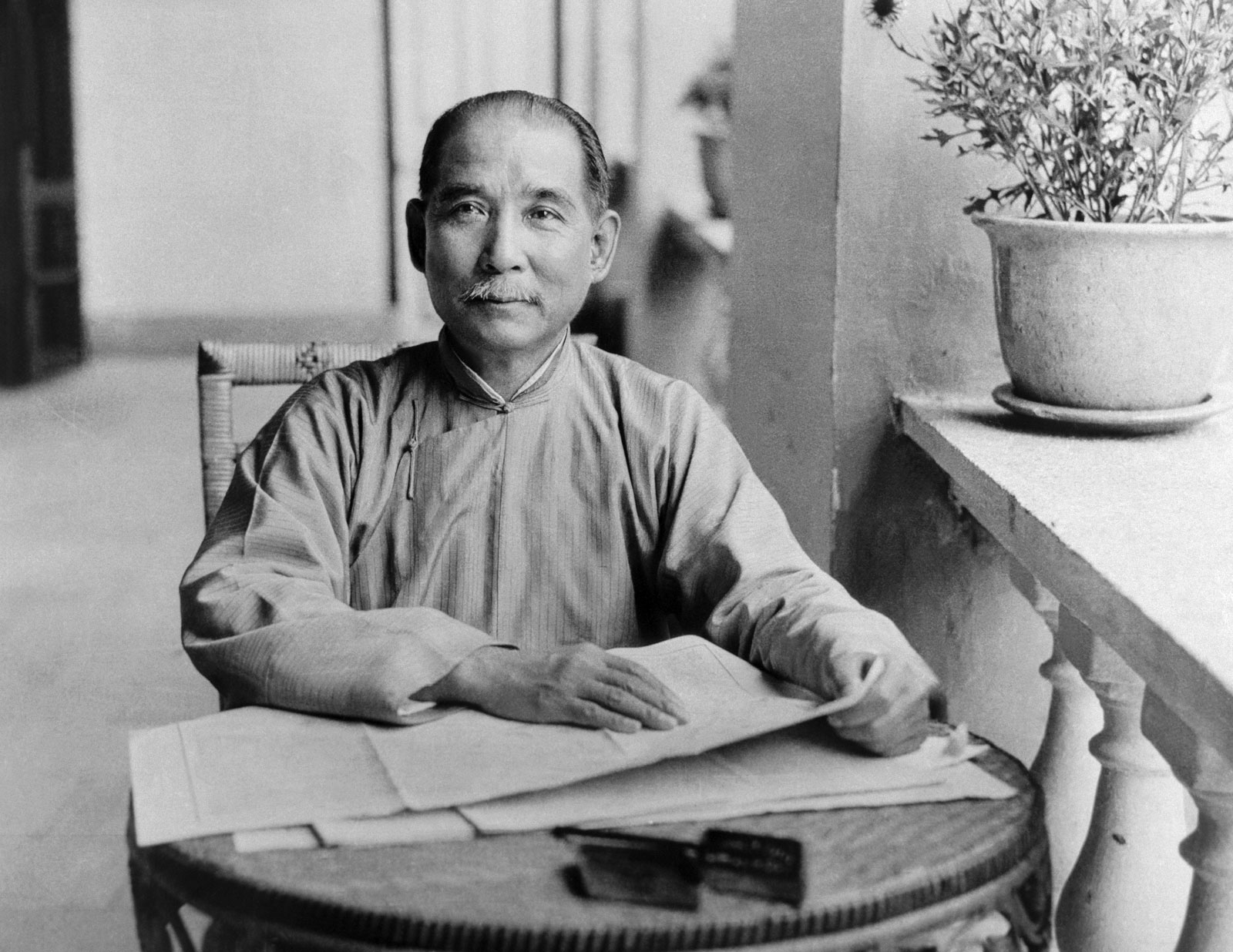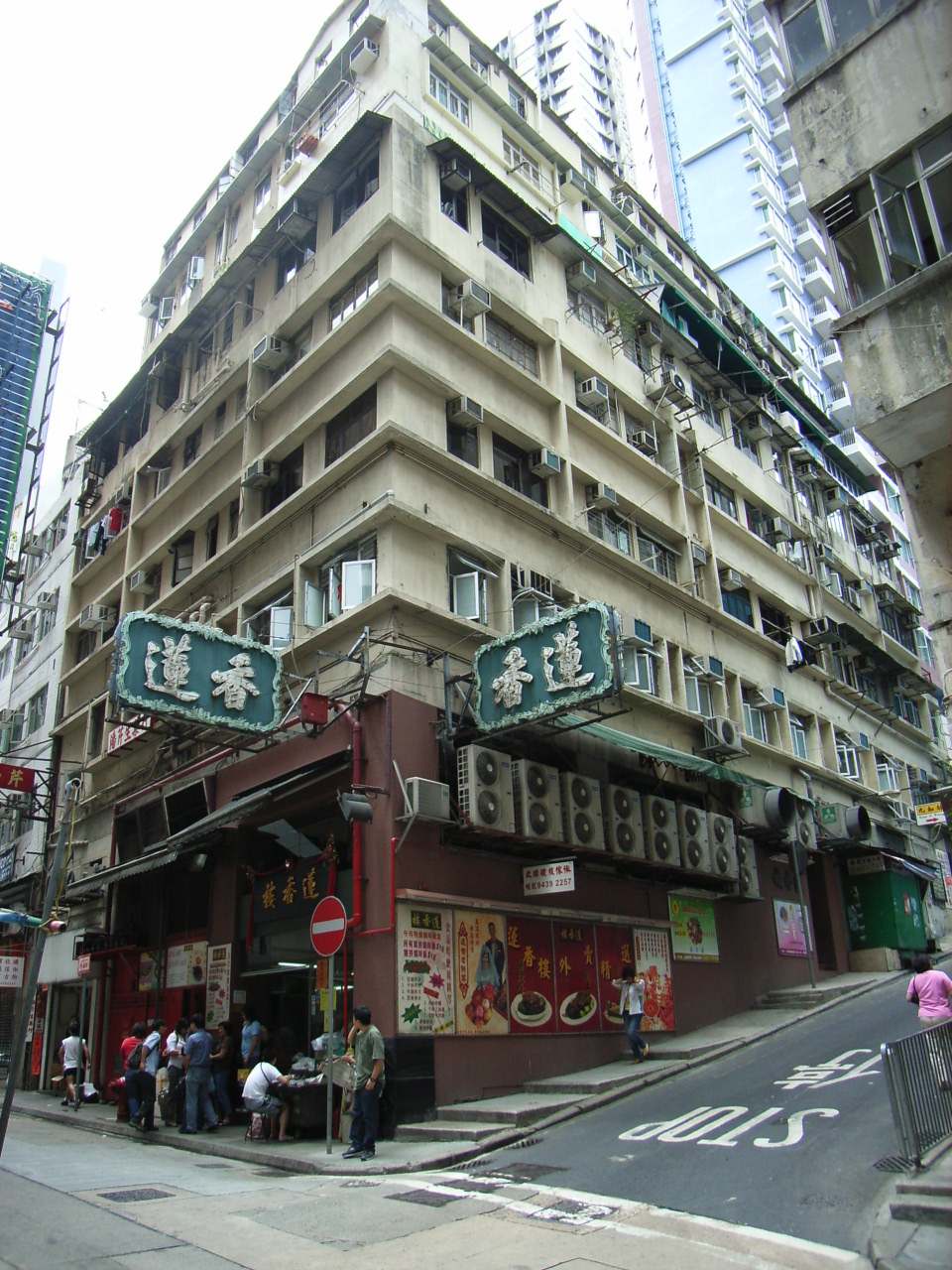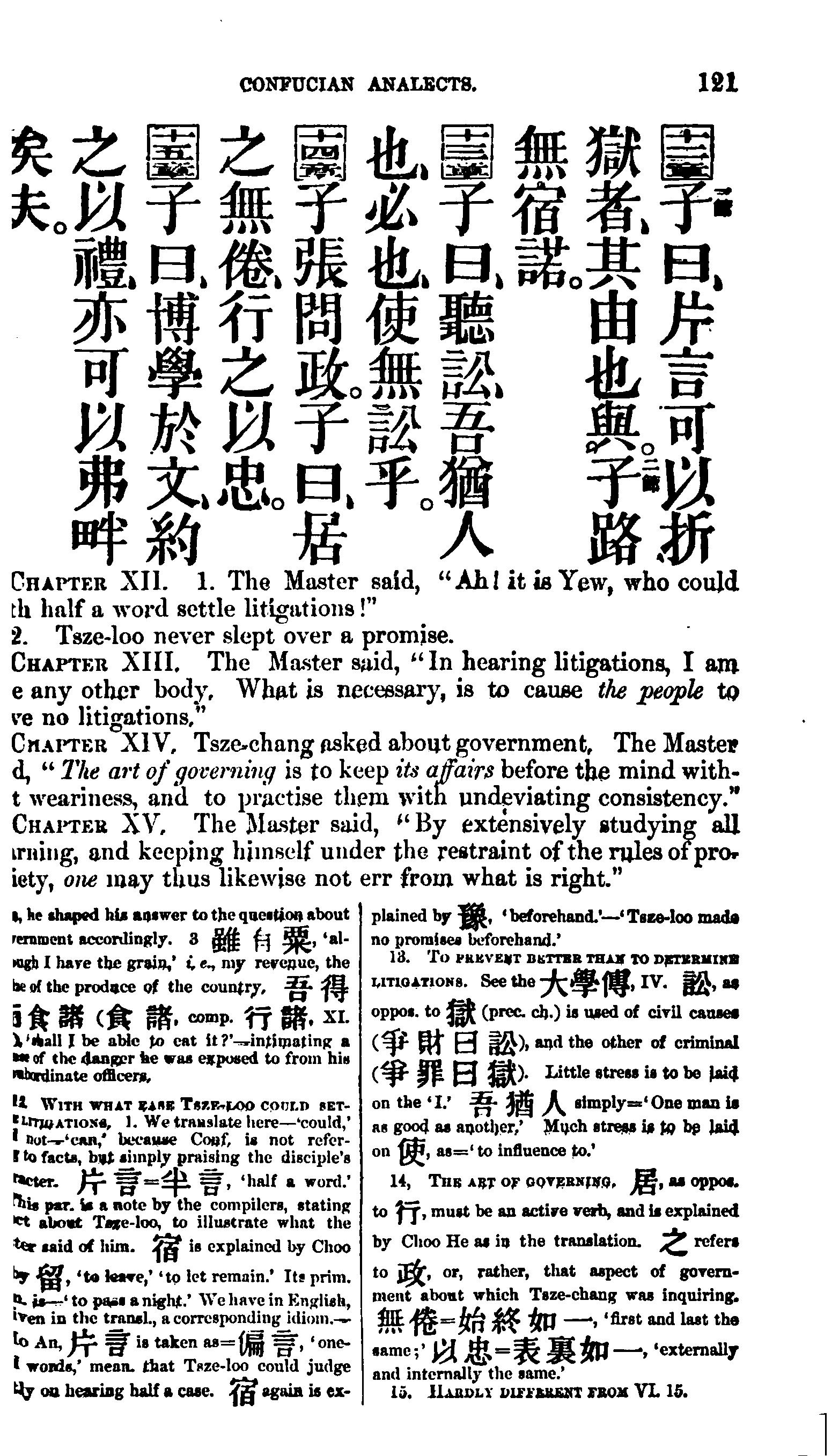|
Ying Wa College
Ying Wa College (YWC, ), formerly known as Anglo-Chinese College, is a direct subsidized boys' secondary school in Kowloon, Hong Kong, near Nam Cheong station. Established in 1818 in Malacca as the Anglo-Chinese College by Rev. Robert Morrison, the first Protestant missionary, to China. In 1843, the college was relocated to Hong Kong. With over 200 years of history, it is the oldest school in Hong Kong. The College Deed, signed in 1821, outlined the school's mission as the reciprocal cultivation of English and Chinese literature as well as the diffusion of Christianity (). In 2021, Didi Tang of ''The Times'' stated that Ying Wa College is a "well-known school" in Hong Kong. History Foundation Robert Morrison of the London Missionary Society arrived at China in 1807 to begin his work of evangelisation. He planned to establish a school that would allow Western missionaries to learn Oriental cultures and languages. He also hoped that the school would play a role on intr ... [...More Info...] [...Related Items...] OR: [Wikipedia] [Google] [Baidu] |
Robert Morrison (missionary)
Robert Morrison, Royal Society, FRS (5 January 1782 – 1 August 1834), was an Anglo-Scottish Protestant missions in China 1807–1953, Protestant missionary to Portuguese Macao, Qing Empire, Qing-era Guangdong, and Dutch Malacca, who was also a pioneering Sinology, sinologist, lexicographer, and translation into Chinese, translator considered the "Father of Anglo-Chinese Literature". Morrison, a Presbyterian preacher, is most notable for his work in China. After twenty-five years of work he translated the whole Bible into the Chinese language and baptized ten Chinese believers, including Cai Gao, Liang Fa, and Wat Ngong. Morrison pioneered the Chinese Bible Translations, translation of the Bible into Chinese and planned for the distribution of the Scriptures as broadly as possible, unlike the previous Roman Catholic translation work that had never been published. Morrison cooperated with such contemporary missionaries as Walter Henry Medhurst and William Milne (missionary), Wi ... [...More Info...] [...Related Items...] OR: [Wikipedia] [Google] [Baidu] |
Guangzhou
Guangzhou, Chinese postal romanization, previously romanized as Canton or Kwangchow, is the Capital city, capital and largest city of Guangdong Provinces of China, province in South China, southern China. Located on the Pearl River about northwest of Hong Kong and north of Macau, Guangzhou has a history of over 2,200 years and was a major terminus of the Silk Road. The port of Guangzhou serves as a transportation hub for China's fourth largest city and surrounding areas, including Hong Kong. Guangzhou was captured by the United Kingdom, British during the First Opium War and no longer enjoyed a monopoly after the war; consequently it lost trade to other ports such as Hong Kong and Shanghai, but continued to serve as a major entrepôt. Following the Second Battle of Chuenpi in 1841, the Treaty of Nanking was signed between Robert Peel, Sir Robert Peel on behalf of Queen Victoria and Lin Zexu on behalf of Daoguang Emperor, Emperor Xuanzong and ceded British Hong Kong, Hong Kon ... [...More Info...] [...Related Items...] OR: [Wikipedia] [Google] [Baidu] |
Caine Road
Caine Road ( Chinese: 堅道) is a road running through Mid-Levels, Hong Kong. It connects Bonham Road to the west (at the junction with Hospital Road and Seymour Road), and Arbuthnot Road, Glenealy and Upper Albert Road to the east. The road is named after William Caine, a Colonial Secretary, and an acting Governor of Hong Kong between May and September 1859. History From 1862–1865 during the American Civil War, Caine Road was home to Sara Delano, the mother of United States President Franklin D. Roosevelt, whose family had a permanent residence at Rose Hill on Caine Road (currently standing near the Immaculate Conception Cathedral of Hong Kong) through their connection to the American trading house Russell & Company. In the afternoon of 15 December 1941, during the Battle of Hong Kong, a stick Japanese bombs hit the junction of Old Bailey Street and Caine Road, the junction of Pottinger Street and Hollywood Road, Wellington Street and the Central Police Station. ... [...More Info...] [...Related Items...] OR: [Wikipedia] [Google] [Baidu] |
Wong Shing
Wong Shing, alias Wong Pin Po (1827 – 5 August 1902), was a Hong Kong and Chinese journalist, publisher, businessman and member of the Legislative Council of Hong Kong. Early life and education Wong was born in a poor family in the Heungshan District of Guangdong Province. He entered the first class of the Morrison Educational Society School in Macao in 1841 with two other Chinese boys, Yung Wing and Wong Foon. They were later transferred to Hong Kong. Wong became one of the first Chinese to study abroad when in 1847, Dr. Samuel Robbins Brown, an American teacher in the Morrison School, had to leave China due to his ill health. He offered to take a few of his old pupils back to the United States for further education. Yung Wing, Wong Foon, and Wong Shing signified their desire to go, and expenses for the three for two years were paid by Dr. Brown and the Morrison Education Society. They embarked at Whampoa on the ship ''Huntress'' and started the journey of more than th ... [...More Info...] [...Related Items...] OR: [Wikipedia] [Google] [Baidu] |
Wang Tao (19th Century)
Wang Tao (; 10 November 1828 – 24 May 1897) was a Chinese translator, reformer, political columnist, newspaper publisher and fiction writer of the Qing dynasty. He was born Wang Libin in Puli Town in Suzhou prefecture. Life In 1848, Wang Tao went to Shanghai to visit his father. During his stay in Shanghai, Wang Tao visited the London Missionary Society Press. He was warmly greeted by Walter Henry Medhurst and his daughters Mary and Ellen. Wang Tao also met missionaries William Muirhead, Joseph Edkins, and William Charles Milne, all well versed in spoken and written Chinese language. Work with the London Missionary Society In 1849 Wang Tao's father died. Wang Tao was looking for a job to support his family. He was offered a job by Walter Henry Medhurst at the London Missionary Society Press in Shanghai assisting in his translation of the New Testament into Chinese. Wang Tao worked at the London Missionary Society Press for the next 13 years. In this period, he also transl ... [...More Info...] [...Related Items...] OR: [Wikipedia] [Google] [Baidu] |
Queen's College, Hong Kong
Queen's College () is the first public secondary school founded by the British colonial government in Hong Kong. It was initially named The Government Central School () in 1862 and later renamed Victoria College () in 1890, and finally obtained the present name of Queen's College in 1894. It is currently located in Causeway Bay. Brief history The history of the college can be traced back to the Chinese village schools that were believed to have existed prior to the founding of British Hong Kong as a colony in 1842. In August 1847, the British colonial government decreed that grants would be given to existing Chinese village schools in Hong Kong. It appointed an Education Committee in November of that year to examine the state of Chinese schools in Victoria City, Hong Kong, Victoria, Stanley, Hong Kong, Stanley and Aberdeen, Hong Kong, Aberdeen, the aim being to bring the schools under closer government supervision. Following its examinations, the Committee reported that 3 ... [...More Info...] [...Related Items...] OR: [Wikipedia] [Google] [Baidu] |
Queen Victoria
Victoria (Alexandrina Victoria; 24 May 1819 – 22 January 1901) was Queen of the United Kingdom of Great Britain and Ireland from 20 June 1837 until Death and state funeral of Queen Victoria, her death in January 1901. Her reign of 63 years and 216 days, which was List of monarchs in Britain by length of reign, longer than those of any of her predecessors, constituted the Victorian era. It was a period of industrial, political, scientific, and military change within the United Kingdom of Great Britain and Ireland, United Kingdom, and was marked by a great expansion of the British Empire. In 1876, the British parliament voted to grant her the additional title of Empress of India. Victoria was the daughter of Prince Edward, Duke of Kent and Strathearn (the fourth son of King George III), and Princess Victoria of Saxe-Coburg-Saalfeld. After the deaths of her father and grandfather in 1820, she was Kensington System, raised under close supervision by her mother and her Comptrol ... [...More Info...] [...Related Items...] OR: [Wikipedia] [Google] [Baidu] |
Aberdeen Street
Aberdeen Street ( zh, t=鴨巴甸街) is a border street dividing Sheung Wan and Central, Hong Kong, Central on Hong Kong Island, Hong Kong. It ascends from Queen's Road Central to Caine Road in Mid-Levels. The street is named after George Hamilton-Gordon, 4th Earl of Aberdeen, Secretary of State for Foreign and Commonwealth Affairs, Foreign Secretary at the time of the Treaty of Nanking, cession of Hong Kong Island to the United Kingdom in 1842. History In the early days History of Hong Kong (1800s–1930s), after 1841, while Choong Wan was planned to be business centre of Victoria, Hong Kong, Victoria City and an area of Westener population, Chinese population was removed from Choong Wan to the area around Tai Ping Shan Street in Sheung Wan and Sheung Wan became the area of Chinese population. South of Hollywood Road was the Alice Ho Miu Ling Nethersole Hospital, Alice Memorial Hospital and the Medical school, College of Medicine where Sun Yat-sen graduated with distin ... [...More Info...] [...Related Items...] OR: [Wikipedia] [Google] [Baidu] |
Staunton Street
Staunton Street () is a street in Central, Hong Kong, Central and Sheung Wan, on Hong Kong Island, Hong Kong. Together with the upper section of Elgin Street, Hong Kong, Elgin Street, it is the heart of the SoHo, Hong Kong, Soho entertainment area, featuring a number of restaurants, bars and shops. It was named after Sir George Staunton, 2nd Baronet, George Thomas Staunton. Location The street runs on the contour of a hill, and is bounded by Shing Wong Street and Old Bailey Street. It crosses or has junctions with Shelley Street, Graham Street, Peel Street, Hong Kong, Peel Street, Elgin Street, Hong Kong, Elgin Street and Aberdeen Street. Aberdeen Street marks the border between Sheung Wan and Central. History The street is also known as ''Sam Sap Kan'' (卅間), as there were thirty houses on the street in the early days. It is famous for the tradition of Ghost Festival.Waters, Dan"The Hungry Ghosts Festival in Aberdeen Street, Hong Kong" pp. 41-55, ''Journal of the Royal Asi ... [...More Info...] [...Related Items...] OR: [Wikipedia] [Google] [Baidu] |
Treaty Of Nanking
The Treaty of Nanking was the peace treaty which ended the First Opium War (1839–1842) between United Kingdom of Great Britain and Ireland, Great Britain and the Qing dynasty of China on 29 August 1842. It was the first of what the Chinese later termed the "unequal treaties". In the wake of China's military defeat, with British warships poised to attack Nanjing (then romanized as Nanking), British and Chinese officials negotiated on board HMS Cornwallis (1813), HMS ''Cornwallis'' anchored in the Yangtze at the city. On 29 August, British representative Sir Henry Pottinger and Qing representatives Keying (official), Keying, Yilibu, and signed the treaty, which consisted of thirteen articles. The treaty was ratified by the Daoguang Emperor on 27 October and Queen Victoria on 28 December. The exchange of ratification took place in British Hong Kong, Hong Kong on 26 June 1843. The treaty required the Chinese to pay an indemnity, to cede the Island of Hong Kong to the British ... [...More Info...] [...Related Items...] OR: [Wikipedia] [Google] [Baidu] |
United Kingdom Of Great Britain And Ireland
The United Kingdom of Great Britain and Ireland was the union of the Kingdom of Great Britain and the Kingdom of Ireland into one sovereign state, established by the Acts of Union 1800, Acts of Union in 1801. It continued in this form until 1927, when it evolved into the United Kingdom, United Kingdom of Great Britain and Northern Ireland, after the Irish Free State gained a degree of independence in 1922. It was commonly known as Great Britain, Britain or England. Economic history of the United Kingdom, Rapid industrialisation that began in the decades prior to the state's formation continued up until the mid-19th century. The Great Famine (Ireland), Great Irish Famine, exacerbated by government inaction in the mid-19th century, led to Societal collapse, demographic collapse in much of Ireland and increased calls for Land Acts (Ireland), Irish land reform. The 19th century was an era of Industrial Revolution, and growth of trade and finance, in which Britain largely dominate ... [...More Info...] [...Related Items...] OR: [Wikipedia] [Google] [Baidu] |
James Legge
James Legge (; 20 December 181529 November 1897) was a Scottish linguist, missionary, sinologist, and translator who was best known as an early translator of Classical Chinese texts into English. Legge served as a representative of the London Missionary Society in Malacca and Hong Kong (1840–1873) and was the first Professor of Chinese at Oxford University (1876–1897). In association with Max Müller he prepared the monumental '' Sacred Books of the East'' series, published in 50 volumes between 1879 and 1891. Early life James Legge was born at Huntly, Aberdeenshire. He enrolled in Aberdeen Grammar School at age 13 and then King's College, Aberdeen at age 15. He then continued his studies at Highbury Theological College, London. Mission to China and family Legge went, in 1839, as a missionary to China, but first stayed at Malacca three years, in charge of the Anglo-Chinese College there. The College was subsequently moved to Hong Kong, where Legge lived for n ... [...More Info...] [...Related Items...] OR: [Wikipedia] [Google] [Baidu] |







